Whilst we have managed to make some progress towards Indigenous reconciliation, the reality is that we still have a long way to go until we achieve equality between Indigenous and non-Indigenous Australians.
The uncomfortable truth is that Aboriginal and Torres Strait Islander Peoples have some of the poorest health outcomes of any group of people in the world.
In Australia, Aboriginal infants die more often than non-Indigenous infants, and Aboriginal people have more than double the rate of illness, with a life expectancy 10 years shorter that non-Indigenous Australians.
Today is National Close the Gap Day, a day of action to pledge support for achieving indigenous health equality by 2030. As part of the ARA’s reconciliation journey, we have made a commitment to use our reach to raise awareness with our members about days of significance for First Nations communities, like Close the Gap Day.
Close the Gap Day came about in 2005, in response to Professor Tom Calma’s Social Justice Report (2005) which considered two issues of major concern to First Nations peoples: progress in achieving lasting improvements in the health status of the Indigenous community and addressing the health inequality experienced by Aboriginal and Torres Strait Islander peoples.
This year’s report, titled Strong Culture, Strong Youth; Our Legacy, Our Future focusses on the importance of children and youth in “cultivating their community and cherishing the wisdom that their ancestors and leaders passed on to them,” through the fundamental principle of self-determination.
The report documents eight case studies that highlight the way in which several organisations and individuals work to enrich the lives of Aboriginal and Torres Strait Islander children and youth.
Co-Chair of the Close the Gap Campaign, Karl Briscoe said that the report
“highlights that achieving positive lasting change, requires a formula too simple to ignore, that is, value our culture, engage our leadership, share the power, and lead the decisions about matters that affect us.”
However, the report also highlights that despite improvements across the health sector, health outcomes remain comparatively worse for Aboriginal and Torres Strait Islander peoples.
In addition to these health outcomes, at the time this report is published, Indigenous Australian peoples comprise 3% of the Australian population but make up 29% of the prison population, with Indigenous Australian children jailed at 20 times the rate of non-Indigenous children. This means that an Indigenous teenage boy is more likely to go to jail, than to university.
So, what does this mean from a retail perspective, and how can we try and close the gap on these confronting statistics?
Firstly, we can look at the unconscious bias that exists within our organisations, from the shop floor to support offices. Educating our staff, particularly those in frontline roles, is incredibly important. We need to be talking about prejudice and the important role that front-line staff can play in relieving the emotional and mental toll of racial profiling that we hate to acknowledge still exists in our sector.
Secondly, as an organisation, demonstrate respect by increasing your understanding and recognition of Indigenous cultures, histories and knowledge, by observing cultural protocols and days of significance, such as Close the Gap Day.
And thirdly, develop a Reconciliation Action Plan and consider embedding these processes into how your organisation operates – to build awareness, increase accountability and foster learnings.
As retailers, we may not be directly involved in delivering improved health outcomes to First Nations communities but our actions do have an impact: from the social exclusion that an employee experiences when they feel their voice is not heard, to the emotional toll of being unfairly targeted by loss prevention officers, or the impact of sourcing and supply chain disruptions that result in stock-outs in rural communities that disproportionally impact First Nations’ families.
In the words of Karl Briscoe, “structural reform is necessary if we ever hope to close the gap.”
Now is the time to focus our efforts as retailers, work together and make the structural changes we need to make as a sector, to work toward closing the gap.
You can download a copy of the 2023 Close the Gap Report here.
Karla Elkington is the ARA’s Sustainability Advisor





















